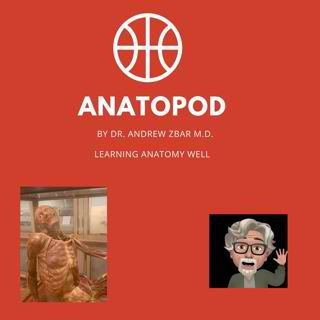
Getting Hold of Bodies: The Genesis of the Anatomy Act of 1832 and the Traffic of Corpses to the Medical Schools
Om avsnittet
This podcast describes the 1752 Murder Act in England and its equivalent in America along with the tough equation of body access for the dissectors: the problem of supply and demand. With its hanging tree at Tyburn London became what the historian Alexander Andrews called “a city of gallows” just as much as Paris was marked a generation on through its Guillotine as a place of mechanistic cruelty. The terrible state of the London infirmary is discussed and I introduce the founder of The Lancet magazine (and purported champion of the people) Thomas Wakley (1795-1862). The response to dissection by the families of those condemned for execution was a series of rag tag riots loosely called the Tyburn riots but they had their equivalent across the Atlantic, the Doctor’s Riot of New York (1788) which began just 4 months after the American Revolutionary War. Meanwhile in England, a Parliamentary Select Committee was established in 1828 for the purpose of creating a new Utilitarian Anatomy Act but all this would do would be to transfer the burden of dissection from the murderers to those dying in the workhouses and the almshouses. In effect the new legislation, even if enacted with the best of intentions, had effectively criminalized poverty.